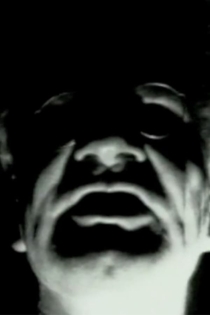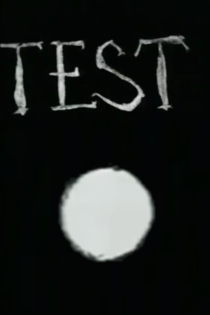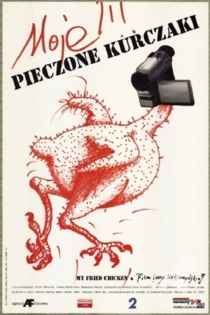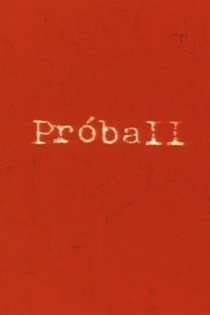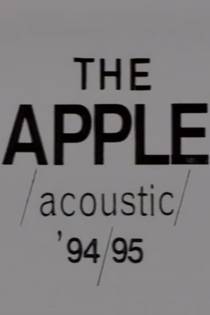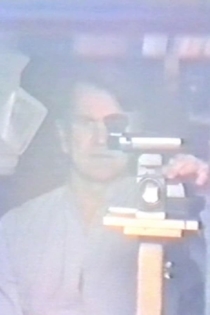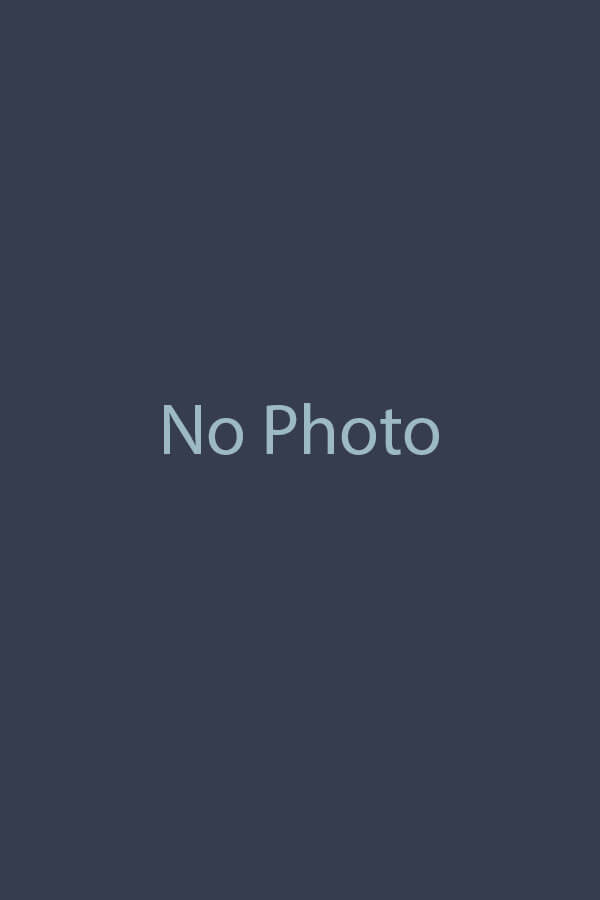
Józef Robakowski
2021Z mojego okna
Józef Robakowski
In 1978, Robakowski moved into a new flat in a newly-built high rise in the center of Łódź. That’s when he began filming the people and events he could see from his kitchen window. The film was made on the basis of a dozen or more hours of footage shot during 1978–1999. The artist filmed the front yard of his block of flats in a part of Łódź called “Manhattan”—a cluster of tall, cement housing buildings vaguely resembling New York’s skyscrapers. The images are accompanied by the artist’s commentary, which brings the viewer closer to his neighbors and family, including his then-wife, Małgorzata Potocka. The film comments on the gradual yet profound political and social transformations that took place in Poland over these two decades.
From My Window
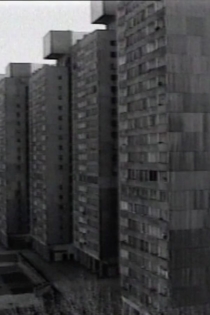
Tentatives de se décrire
Boris Lehman
Mirèse Aerdts, Nathalie André
Trying to describe oneself is a movie about representation. How it is possible, through film, to describe oneself and describe others. With the camera as mirror and third eye. At first, a collage-like combination of letter-writing, investigation and journey, something between documentary and feature film. Finally, a portrait of Boris Lehman from 1989 to 1995, part II of BABEL.
Trying to Describe Oneself
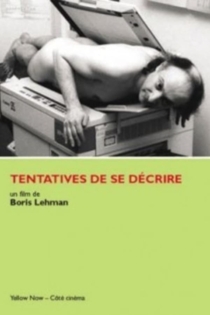
Próba (Test II)
Józef Robakowski
Alongside Test I (1971) and Dynamic Rectangle, Test II is one of the most important early films Robakowski made without a camera. They all constitute the fullest manifestation of the artists’ desire to “purify” film of any literary types of perception. The results of these experiments led Robakowski to formulate his Nonlinguistic Semiological Conception of Film in 1975, where he postulated the impossibility of translation of film into the categories of structural linguistics.
Próba (Test II)

Art is Power
Józef Robakowski
The ritual transmission of a military parade from Moscow’s Red Square: On every anniversary of the October Revolution, this was loyally broadcast by all the television stations in the so-called people’s democracies. In Robakowski’s work, this material is used to reconstruct and deconstruct public spectacle. The substitution of the original television commentary with a song sung in German by Laibach (a group from what was then Yugoslavia and is now Slovenia) removes the spectacle from its pompous temporal context and reveals the absolutism of its alluring power. The totalitarian display is in itself art – politically active art, the art of all-out pathos – even if we call it only “quote art unquote”.
Art is Power
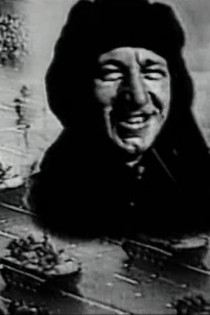
Idę
Józef Robakowski
From 'The Workshop of the Film Form'. // In I'm Going Robakowski attempted an iconoclastic representation of the human body. He initiated a situation in which the materiality of film engaged in a dialogue with the materiality of the human body. Over the course of the film, the growing fatigue of the body carrying the film camera can be heard in the artist's voice and increasingly heavy breathing. The effect is that of the artist delving into his own materiality. The subject becomes merely a thing among things, a living fragment of the matter. With their attempt to shift the "film gaze" onto the machine (a non-anthropocentric point of perception of the world), Robakowski's Records most fully illustrate the antivoyeuristic ambitions of structuralist cinema, which aimed to subvert the traditional voyeuristic model.
I'm Going
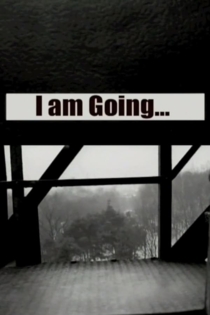
1, 2, 3, 4 (Videopoliczki)
Józef Robakowski
ince the 1970s, Robakowski has been experimenting with the category of the author, transferring the authorship of his works onto the film camera. Implementing the strategy of biological-mechanical records, Robakowski continues his experiments, carried out since the 1970s, consisting in the transfer of the authorship of the film onto the film camera, as well as initiates relations between the mechanical medium and the human organism. On the one hand, it embraces collaboration, on the other, human struggle with the machine, extending from the “integration” of its logic and the attempts at its “anthropomorphisation”.
1, 2, 3, 4 (Light Cheeks)
